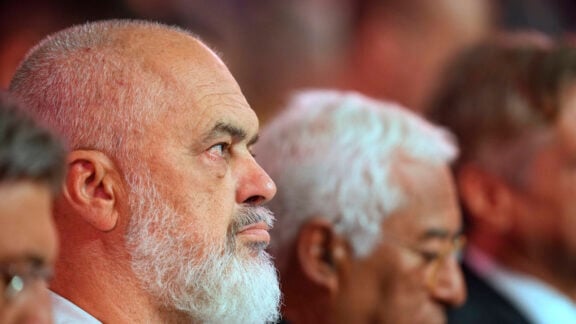New research on obesity, one of Australia’s most pressing epidemics, led by Professor Tony Tiganis of Monash University’s Biomedicine Discovery Institute may have discovered the secret behind the body’s fat-regulation mechanism.
According to the study’s findings, there is something like a ‘switch’ in the brain that regulates how the body converts food into energy, or stores it as fat. That mechanism, however, seems to not work when it comes to obese subjects. As a result, even a drastic diet shift and commitment to physical workout could fail.
The study, conducted on mice, shows the brain’s ‘switch’ responsible for fat conversion selects the amounts of fat that will turn into brown fat (browning) aka the kind that translates into heat; and the amount will be stored as white fat – the energy excess that could lead to obesity.
“In obesity, the whole switch didn’t work. So feeding is not accompanied by browning, [which results in]weight gain,” Professor Tiganis said.
“Specific mechanisms that normally should ensure the energy we eat is matched by a change in energy expenditure … these mechanisms are broken,” he explained, showing that it is not as simple as changing one’s eating habits.
“The brain is instrumental in controlling and balancing energy intake with energy expenditure.”
As Professor Tiganis noted, the key to the broken equation could be increased stress, which in mice tampered with the body’s homeostasis, affecting the energy input-energy output analogy.
“The amount of food we eat should be matched by the amount of energy we expend,” he said.
“The stress may be preventing that food, that energy that you’ve taken in, from being burnt as it normally would be,” he said.
“Our goal is to rewire this brain switch, fix this brain switch if you like, so that we once more turn on browning, promote energy expenditure response to feeding and thereby promote weight loss in obesity.”
Another potential way to rebalance people’s metabolism and boost the burning of brown fat, could be cold thermogenesis. Mammals, when exposed to extreme cold are programmed to burn more energy i.e. fat, in order to increase temperature.
“That’s the process of heat production,” explains Tiganis.
“Modern humans no longer rely on that process to keep warm, like our ancient cousins did. Now, when we’re cold we just put on a jumper.”









